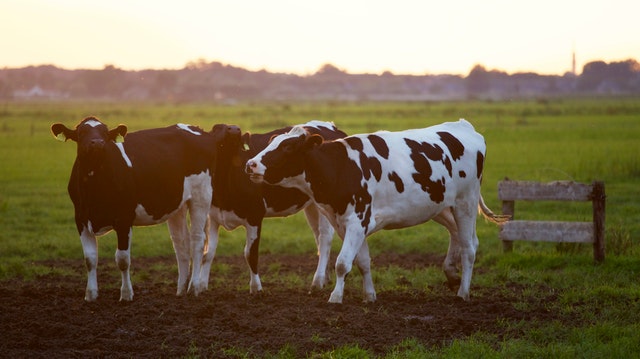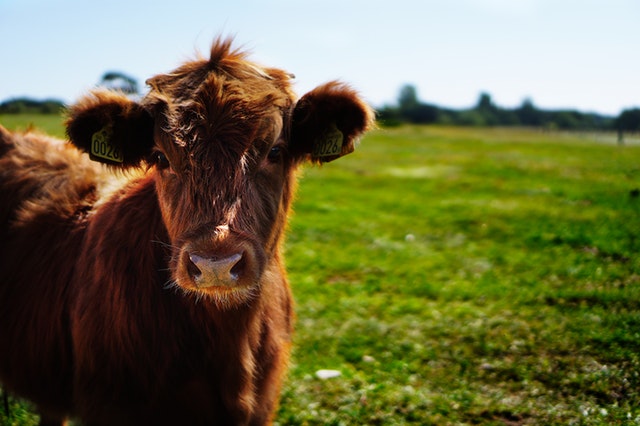The theme for the 2020 High Level Political Forum (HLPF) taking place in July of next year has been set as “Accelerated action and transformative pathways: realizing the decade of action and delivery for sustainable development.” Craig John Hawke, Permanent Representative of New Zealand, who served as a facilitator in the deliberation process, stated that the chosen theme “Allows the HLPF to build on the Global Sustainable Development Report (GSDR 2019) including its recommendations on accounting for the interlinkages between the SDGs and targets.” WAN’s earlier blog post on the GSDR provided the background on this seminal report, as well as the importance of its findings.
The choice of theme for the 2020 HLPF bodes well for animal protection organizations as it opens up a tangible avenue to advocate for pathways that embed animal welfare considerations within their planning and implementation processes. Now more than ever, this messaging is likely to carry weight since the GSDR 2019 - which provided the impetus for the theme - identified animal welfare as an issue that is missing from the Sustainable Development Agenda (Agenda 2030). The report states that: “The clear links between human health and well-being and animal welfare is increasingly being recognized in ethics- and rights-based frameworks. Strong governance should safeguard the well-being of both wildlife and domesticated animals with rules on animal welfare embedded in transnational trade.” The report also calls for the reduction of meat consumption and acknowledges that nature holds an intrinsic value, not just an economic one.
The GSDR outlines six entry points “that offer the most promise for achieving the desired transformations at the necessary scale and speed.” These are:
- Strengthening human well-being and capabilities;
- Shifting towards sustainable and just economies;
- Building sustainable food systems and healthy nutrition patterns;
- Achieving energy decarbonization and universal access to energy;
- Promoting sustainable urban and peri-urban development; and
- Securing the global environmental commons.
There is little doubt that these entry points will provide the backdrop for the work conducted in the lead up to, and during the 2020 HLPF and beyond. It would be wise for animal protection organizations to leverage the positive findings of the GSDR in order to support their advocacy for the mainstreaming of animal welfare in the Sustainable Development Agenda. This can be done by framing positions in terms of the aforementioned entry points, wherever relevant.
Below are a few possible examples linking animal issues to some of the entry points:
- Entry Point 1- Human well-being and capabilities: An estimated 700,000 people die every year due to drug-resistant infections. The intensification of livestock production systems, known as factory farming, is linked to the spread of zoonoses and antimicrobial resistance, two grave threats to human health and well-being. Intensive production systems also harm livelihoods by exacerbating low wages, poor working conditions, and decreasing employment opportunities, thereby destabilizing rural economies. Empowering smallholders, eliminating subsidies for industrial agriculture and incorporating and improving animal welfare standards in agriculture can improve disease prevention, healthcare and nutrition for animals and lead to healthier and safer food, and a cleaner environment for humans.
- Entry Point 2 - Sustainable and just economies. Animals are fundamental to the functioning of entire societies and their economies and are at the core of industries such as agriculture and ecotourism. Current modes of production and consumption are unsustainable, pose a grave risk to the environment, animals and biodiversity as well as to the people and economies that rely on them. The pursuit of economic growth, as measured by GDP, is a key driver of social inequality, resource use and environmental degradation. There must be a transition away from GDP toward more holistic assessments of growth that promote the flourishing of humans, animals and nature.
- Entry Point 3 - Food systems and nutrition patterns. Agriculture and land-use change are responsible for around one quarter of all greenhouse gas emissions, with animal-based food production causing 14.5% of all human-induced greenhouse gas emissions. According to recent estimates, the per capita consumption of meat has more than doubled in the last 60 years. The more worldwide dietary patterns are shifting towards animal-sourced products, the larger the detrimental impacts on the environment as these products have an inherently higher climate footprint. Industrial animal agriculture is also one of the main drivers of biodiversity loss. The production of monoculture crops for animal feed, food, and biofuels is dependent on destructive pesticide and fertilizer chemical inputs which negatively impact all forms of life. Herbicides and insecticides harm wildlife (including insects and pollinators) and pose dire human health risks as well. Biodiversity in and near monoculture fields decreases, as populations of birds and beneficial insects decline. The impact of agriculture on climate and biodiversity can be drastically reduced by a shift toward more efficient and sustainable food systems, which includes prioritizing plant-based diets in regions where meat consumption is excessive. Further, transitioning to more humane, environmentally-friendly production systems, and eliminating harmful subsidies in agriculture, will make a positive contribution to the achievement of a number of the Sustainable Development Goals.
- Entry Point 6 - Global Environmental Commons - As stated in the GSDR: “Access to the global environmental commons (biodiversity, land, atmosphere, and oceans) is essential, but they are being depleted and degraded, and the impact is felt beyond national borders.” Addressing the drivers and root causes of degradation and depletion is crucial in order to reduce pressure on the commons. Industrial livestock production is a driving force behind virtually every major category of environmental damage now threatening the human future. What’s more, with one million species currently facing extinction, overexploitation has been identified as one of the key drivers of species decline. The GSDR references the impacts of poaching and wildlife trafficking. In fact, illegal wildlife trafficking is soaring, representing the fourth largest illegal global trade. As such, the protection of wild species must be more aggressively tackled within the 2030 Agenda.

Adopting truly transformative pathways will require viewing the roadblocks on the journey to sustainable development through a transformative lens. One way to clear the path is to address the issues that have been thus far ignored - but now brought to light - in the 2030 Agenda, and to actively work on integrating these moving forward. Weaving animal welfare into development plans and strategies will have a cross-cutting positive effect on human well-being and environmental protection and will provide the necessary fuel to accelerate the realization of “the decade of action and delivery for sustainable development.”
